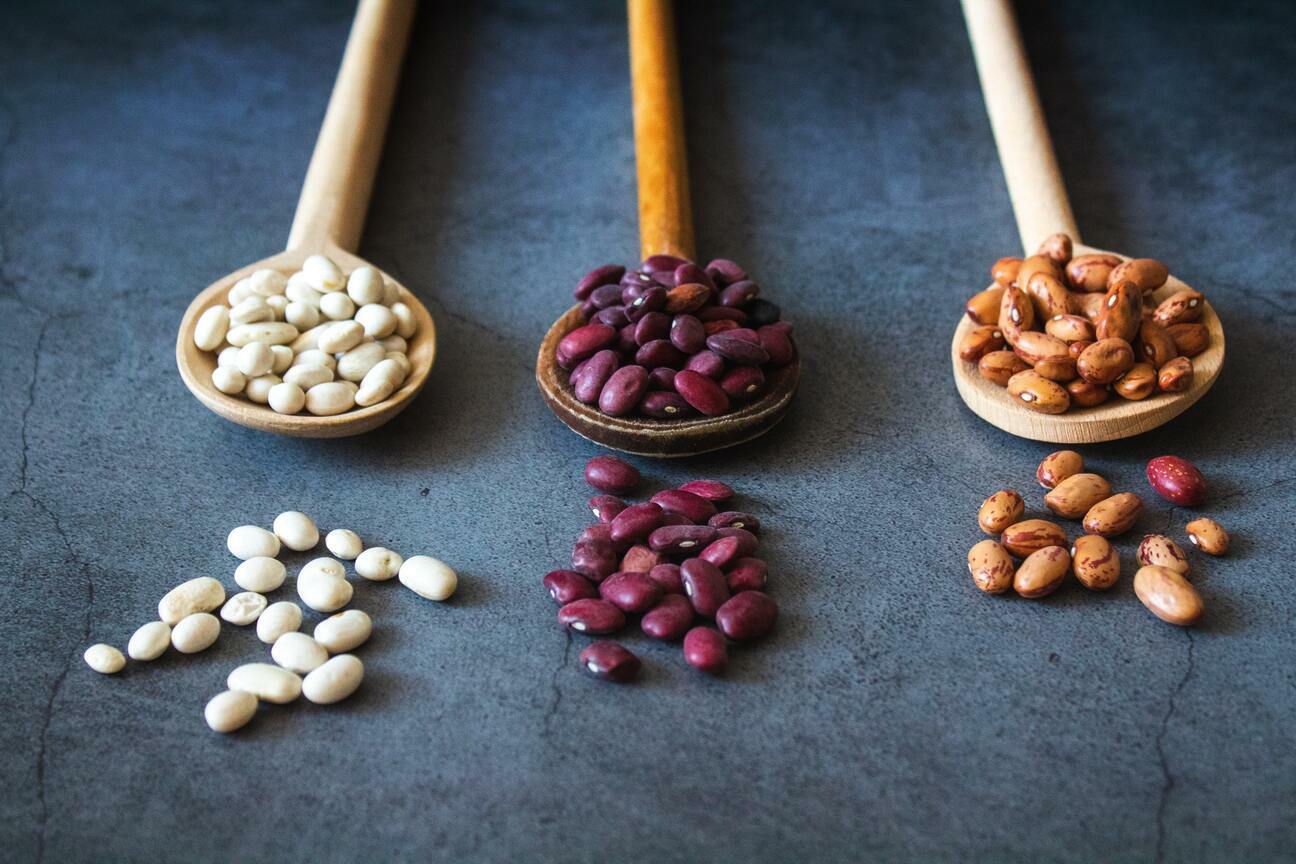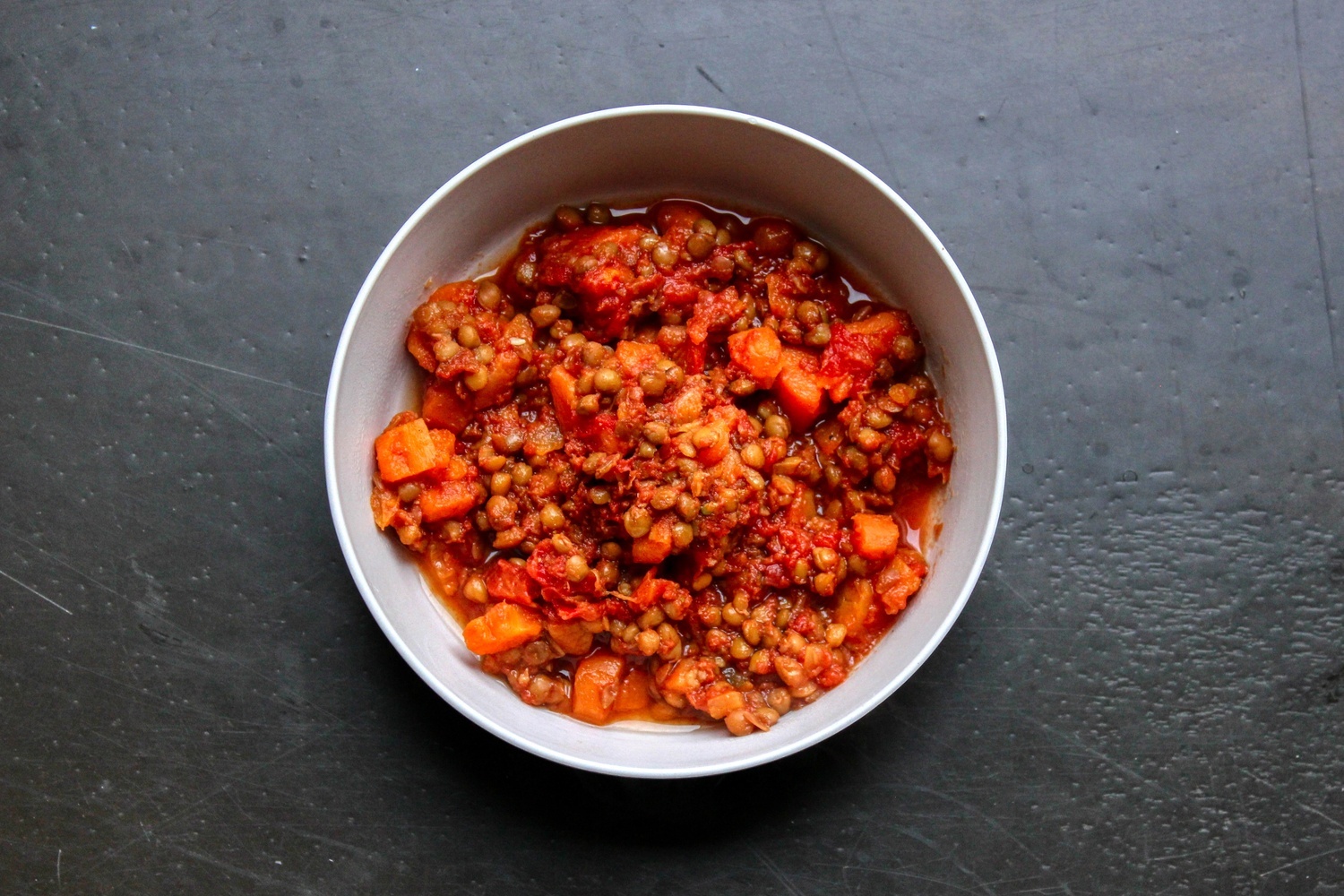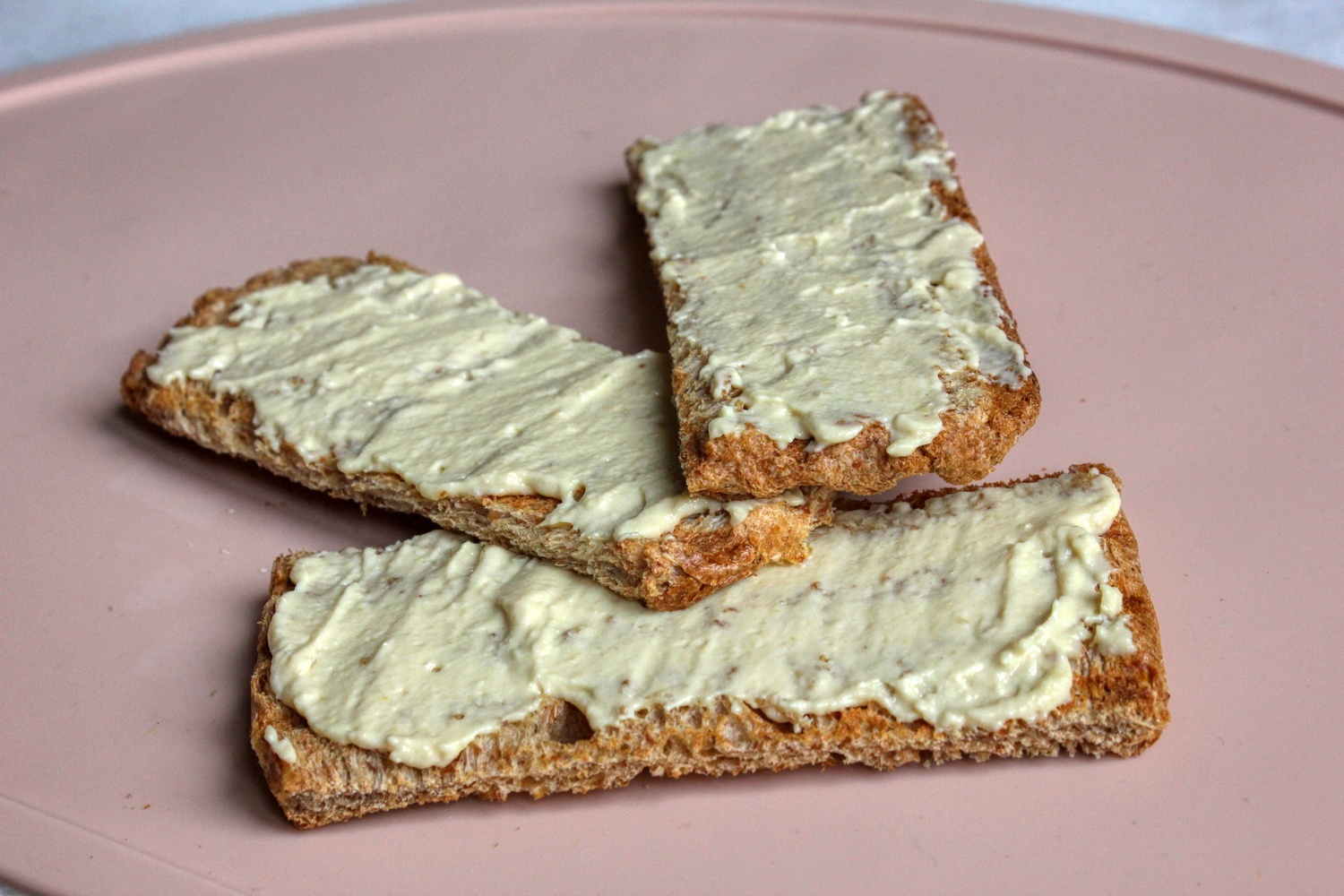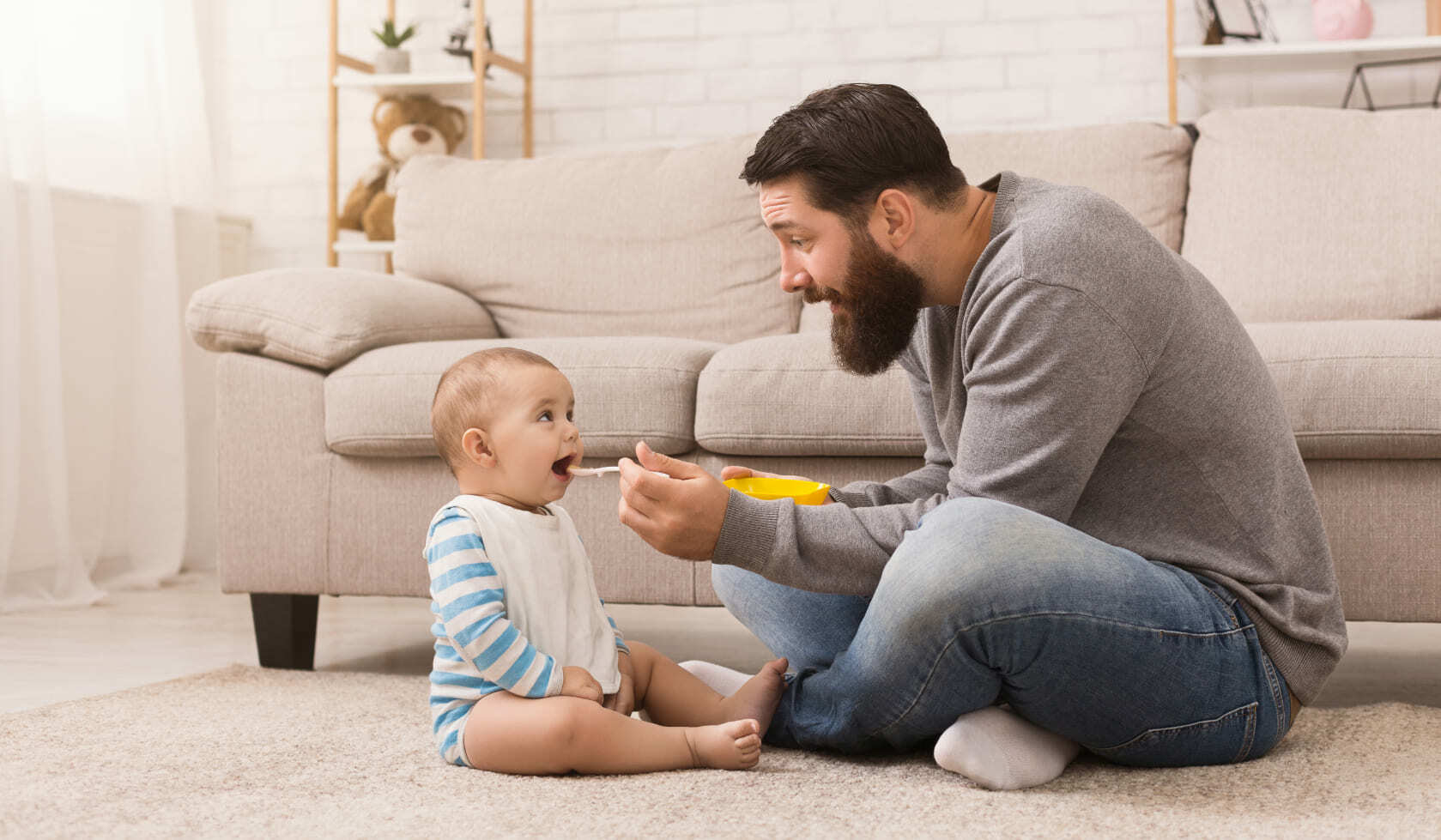Power food for babies: peas, lentils and beans
A staple in Mediterranean diets, but still underrated in others, legumes really deserve some praise! If you want a balanced, nutritious and healthy diet, legumes are a must - especially if you eat less or no meat at all.

There’s a great variety of beans, peas and lentils which constitute the family of legumes, also referred to as pulses, which are the edible seeds of the legume plant. They all grow in pods, which is what makes them part of the same family. Legumes are really a nutritional powerhouse. In fact, they’re commonly used in meat replacement products, due to their high protein and iron content. They also provide plenty of fiber, which will leave your baby feeling full for a longer time. Try to serve legumes at least once a week for your baby, and yourself for that matter. We will help you along with some super tasty recipes.
What makes pulses so healthy?
Pulses contain an incredible amount of nutrients that growing bodies in particular need a lot of. They are a great source of plant-based protein. This means that they are an indispensable part of a vegetarian or flexitarian diet. Protein is essential for the growth and maintenance of your baby’s body and will help with repair processes.
They also contain a great amount of fiber, which is exactly what your baby’s gut needs. This, combined with the healthy fats that can be found in pulses is just a winner. It will make sure your baby feels full for a longer time and has the energy to play, learn and grow.
But let’s talk about iron. Iron is a mineral that’s extremely important for children in their first years. Iron is necessary to bring oxygen to the body’s organs and muscles and is especially important for your baby’s brain development. Iron can be found mostly in red meat. However, eating pulses, especially in combination with vitamin C-rich foods, will also boost your little ones iron levels. This is why pulses are such an important part of a vegetarian’s diet.
On top of all this goodness, pulses are packed with minerals and vitamins that will benefit your little one’s body on so many levels. Lentils, for example, are low in sodium and high in potassium, folate, and plant chemicals called polyphenols that have antioxidant activity. Peas are a source of vitamins A, C and K. Knowing this, it’s important to mix things up and offer a variety of beans, peas and lentils to get the most benefit.
How to cook with pulses
Aside from being incredibly nutritious, pulses are also extremely versatile and easy to cook with.
Let’s take lentils. You can buy beans either dried or canned. Both are fine but need to be treated differently. When you use dried lentils - the same goes for beans or chickpeas-, soak them in water overnight or for a minimum of 2 hours. Canned beans can be used immediately after you drain them. You can cook them and blend or mash them and incorporate them into a puree. You can also add them to stews or soups to thicken them or they can be eaten cold in a salad. Lentils are quite neutral in flavour, so use flavour makers like herbs and spices to elevate them. Try our lentil dahl with red pepper for that extra vitamin C and iron boost.
Chickpeas are another great ingredient to add to your cooking. You can cook them and blend or mash them into a paste. Add some tahini and lemon and you get a beautiful hummus you can use as a dip or spread on some bread. You can also pan fry some chickpeas in some olive oil until they’re nice and crispy, add them to stews or soups or to a salad. Our hummus recipe takes not even 5 minutes to make and is a great option for a breakfast sandwich.
Beans and peas are probably more commonly used in cooking for babies. They can make dishes incredibly nutritious without having to add meat or fish. In fact, black beans are often used as a substitute for red meat. You could also make a vegetarian chili sin carne, with kidney beans. You can add some borlotti beans to a salad or a soup, the options are endless.
We really want to encourage you to include more pulses in your and your children’s diet. Hopefully these recipes will get you started and give you some ideas of your own! Happy cooking and happy eating!



